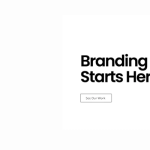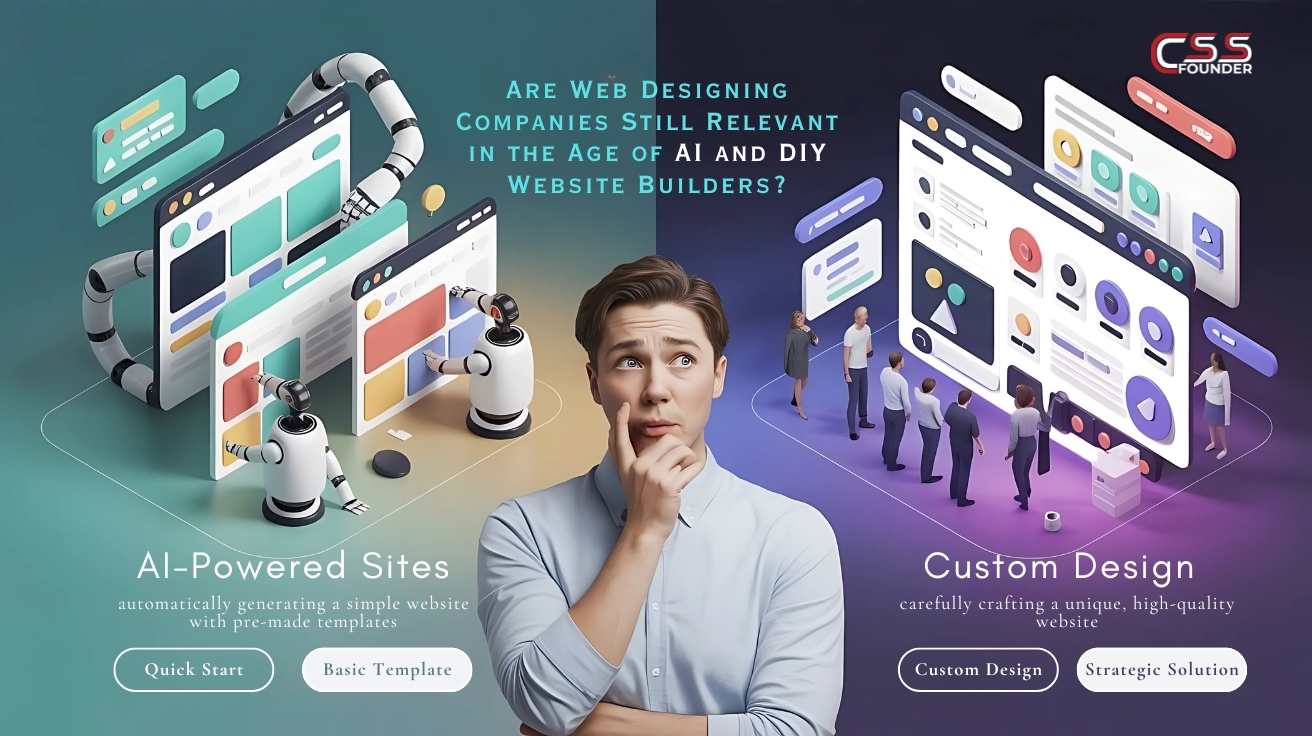In the competitive world of web design, having a standout portfolio can make all the difference when it comes to landing new clients and projects. Your portfolio serves as a showcase of your skills, creativity, and unique style, allowing potential clients to see firsthand what you can bring to the table. With the right portfolio website design, you can make a lasting impression and set yourself apart from the competition. Let’s explore key parameters of creating a powerful portfolio website design that will help you attract and impress your target audience.

Why Portfolios are Essential for Web Designers
A well-crafted portfolio is like a digital resume that speaks volumes about your expertise and experience. It provides potential clients with a glimpse into your creative process, design sensibilities, and the quality of work you deliver. A portfolio allows you to showcase your best projects, highlight your strengths, and demonstrate your ability to solve problems and meet client needs. In essence, your portfolio is your chance to make a strong first impression and show the world what you’re capable of. Here are some key Tips for crafting the Perfect Portfolio Website
Choose the Right Platform:
When creating your portfolio website, it’s essential to choose a platform that aligns with your design goals and technical skills. Whether you opt for a website builder like Wix or WordPress, make sure the platform is user-friendly, customizable, and allows for easy updates and edits.
Showcase Your Best Work:
Your portfolio should feature a selection of your most impressive and diverse projects. Include a mix of client work, personal projects, and experimental pieces to demonstrate your range and versatility as a designer. Highlight projects that best represent your style and skills.
Tell Your Story:
Use your portfolio to narrate the story behind each project. Brief your design methods, challenges you faced, and how you overcame them. Providing context and insights into your work can help clients better understand your approach and creativity.
Keep It Simple and Intuitive:
A clean, well-organized portfolio is key to capturing and retaining the attention of visitors. Make sure your website is easy to navigate, with clear categories, intuitive navigation menus, and concise project descriptions. Focus on usability and simplicity to create a seamless user experience.
Prioritize Visuals:
As a designer, your portfolio is a visual showcase of your talent and creativity. Use high-quality images, videos, and animations to bring your projects to life and engage visitors. Pay attention to details like color scheme, typography, and layout to create a visually appealing and cohesive portfolio.
Highlight Your Skills and Expertise:
In addition to showcasing your projects, make sure to highlight your skills, services, and areas of expertise on your portfolio website. Include a brief bio, resume, and testimonials to build credibility and establish trust with potential clients.
Optimize for Search Engines:
To ensure your portfolio gets seen by the right audience, optimize it for search engines. Use relevant keywords, meta tags, and alt text for images to improve your website’s visibility and ranking on search engine results pages.
Final Thoughts
In conclusion, a well-designed portfolio website is an invaluable tool for web designers looking to attract clients, showcase their talent, and build their brand. With growing of brand in marketplace sales projection is liable to increase which further leads to increase in revenue. By following these key tips, you can create a strong portfolio that effectively communicates your skills and your unique style to potential prospects. Remember, your portfolio is your digital storefront, so make sure it represents you in the best possible light. Show the world what you’re capable of with a standout portfolio website design.





.png)


